
In almost every Malaysian home there is bound to be a Dutch Lady product in the cupboard or refrigerator. Whether it’s pasteurised whole milk, baby milk formula or yogurt, the brand has become a household name in the country and is known for its initiatives to promote public health.
“We would get a tin of their condensed milk as a treat to have with Milo,” says housewife Lee Sook Ling, 61, from the capital, Kuala Lumpur. “It’s probably why I’m still fond of condensed milk even though they don’t sell it any more.”
Over the years, Lee has bought Dutch Lady UHT milk, for its longer shelf life, and used to pick up packs of Growing Up Milk for her children when they were young.
“Perhaps it is because I grew up with it that I just stick with it,” she says. “But I don’t see myself switching to another brand unless the quality of Dutch Lady products goes down.”
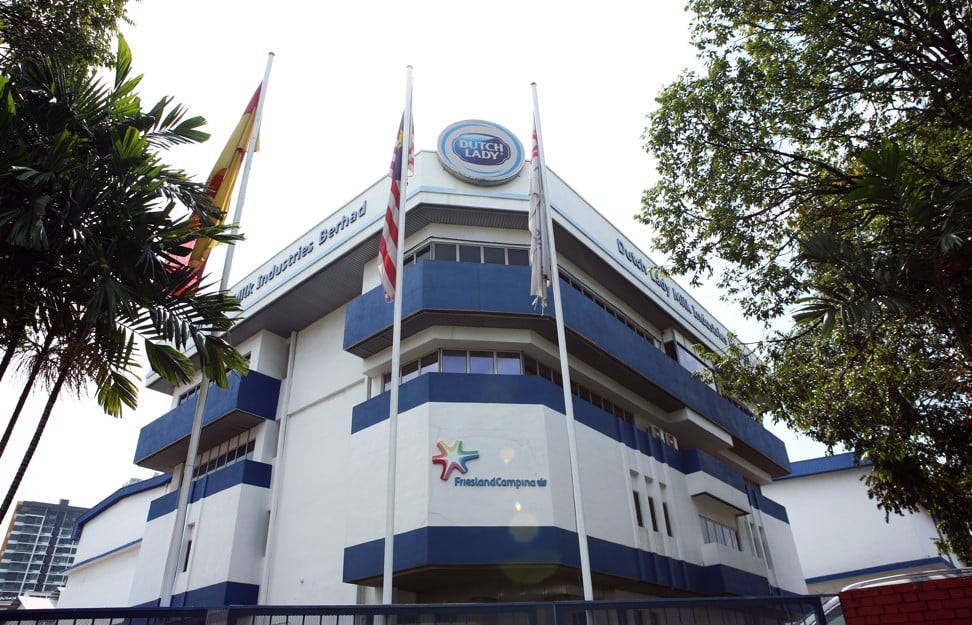
Dutch Lady’s products are as recognisably Malaysian as Proton cars, but they did not always go by that name and its roots are half a world away – in the Netherlands, as its name suggests.
Dutch Lady is one of several brands under the umbrella of Netherlands-based Royal FrieslandCampina. One of the world’s largest dairy co-operatives, the company is wholly owned by 18,261 farmers from the Netherlands, Germany and Belgium.
FrieslandCampina was established through the 2008 merger of the Netherlands’ two largest dairy groups. Much earlier, both Friesland Foods and Campina had originally been formed as small, regional dairy co-operatives as a way to help Dutch farmers tackle the lack of factory refrigeration and help each other deliver milk faster to their customers.
Campina was formed in 1947, eventually merging with co-operatives from Germany and Belgium to become an international group in 2001.
Friesland Foods has roots going back even farther, to 1879, and grew through a number of mergers and takeovers – the most significant being in late 1997, when four major Dutch dairy co-operatives merged. It received a royal Dutch designation in 2004 on its 125th anniversary and became Royal Friesland Foods.
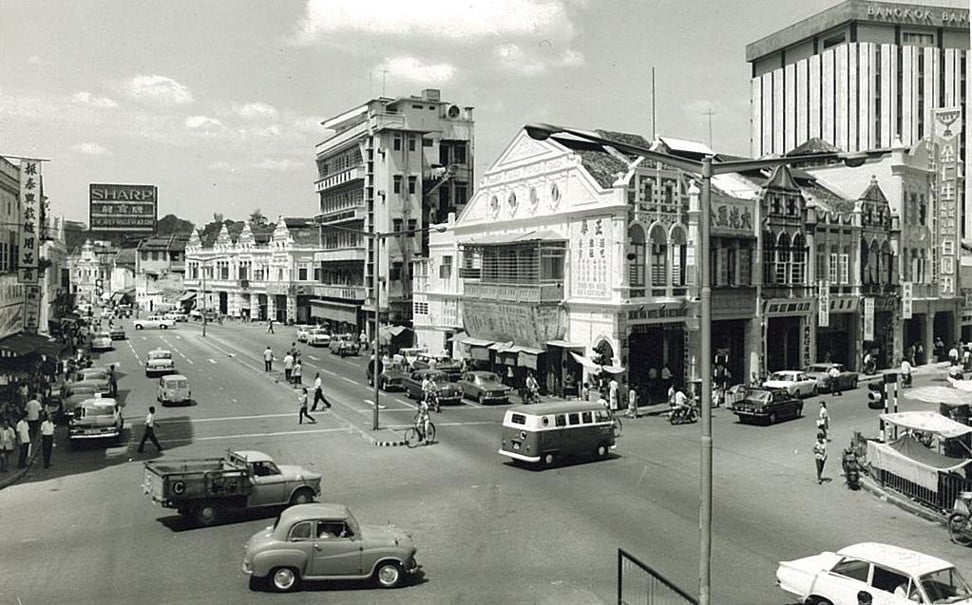
Dutch Lady traces its origins to 1954, when Friesland Foods made its foray onto the Malay Peninsula. The company initially imported sweetened condensed milk from Holland. In 1963 it incorporated Pacific Milk Industries (Malaya) – which later became Dutch Lady – and commissioned a factory in the state of Selangor, in a suburb of the city of Petaling Jaya.
The factory, Friesland Foods’ first production facility outside the Netherlands, was completed in 1965 and is still operational, employing almost 600 factory and administration workers.
In 1968, Pacific Milk Industries (Malaya) became the first dairy company to list on the stock exchanges of Kuala Lumpur and Singapore.
It was a tough decision [to stop selling sweetened condensed milk], but the right decision. Yes, it’s milk, but at the end of the day it has a lot of sugar – Tarang Gupta, managing director, Dutch Lady Milk Industries
In 1975, its name was changed to Dutch Baby Milk Industries (Malaya). The same year it introduced Dutch Baby Modified Baby Food, while it also built an ultra-heat-treated (UHT) milk plant in preparation for a diversification programme. Sterilised milk that was packed locally was introduced in 1983.
The company was eventually renamed Dutch Lady Milk Industries in 1984, upon fruition of its product-diversification efforts.
“The name was changed to reflect the company’s desire to offer products for every stage of life,” says Tarang Gupta, the company’s Kuala Lumpur-based managing director. “We still use Dutch Baby for infant products, but Dutch Lady is used for the rest of the range because we are a company that goes from end-to-end for all life stages.”
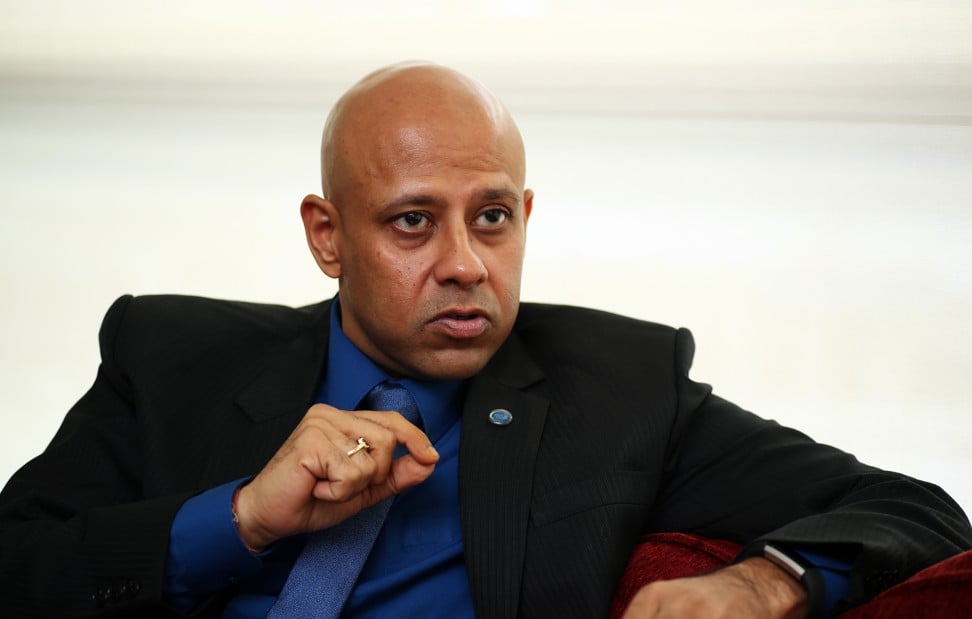
As the market leader in Malaysia’s dairy sector – and with a large market share in other Asian nations – the company has become involved in a number of public health initiatives.
In 2017, Dutch Lady carried out a comprehensive study on children across Southeast Asia to gain a better understanding of nutritional deficiencies. The study – titled the Southeast Asian Nutrition Surveys – revealed, among other findings, that 43 per cent of boys and 60 per cent of girls in Malaysia were deficient in vitamin D.
In a tropical country that basks in sunlight for most of the year, this lack of the so-called sunshine vitamin came as a surprise, but the company acted on the finding.
“We were the first [dairy company] to reformulate our Growing Up Milk for children to include a higher percentage of vitamin D to address the results of the survey. The rest of the market followed after,” Gupta says.
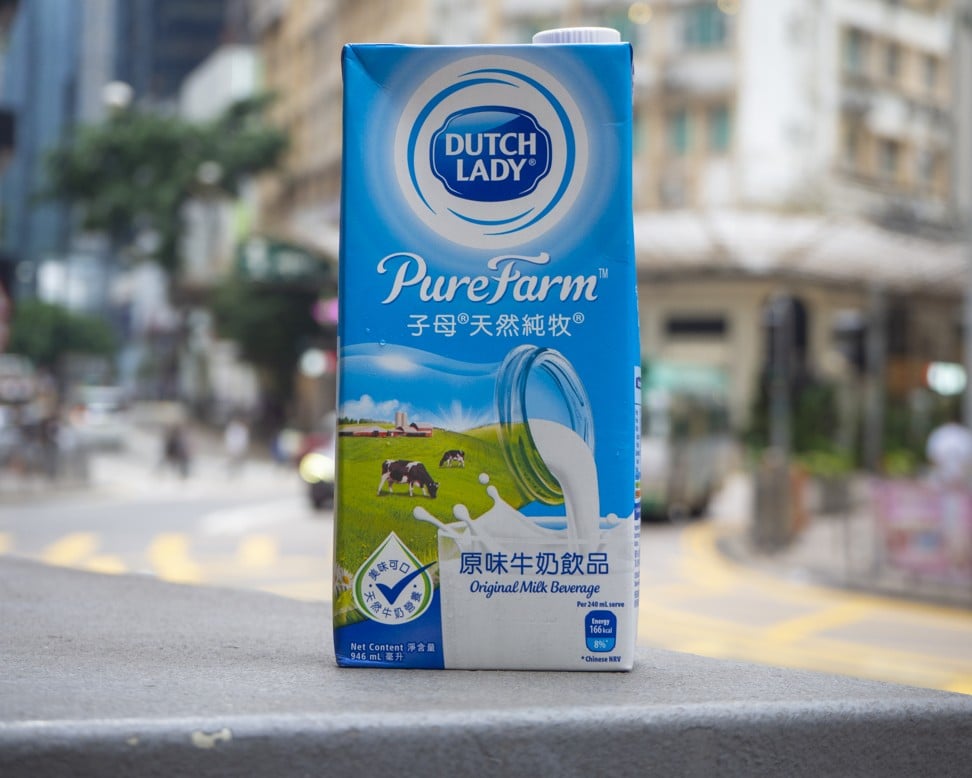
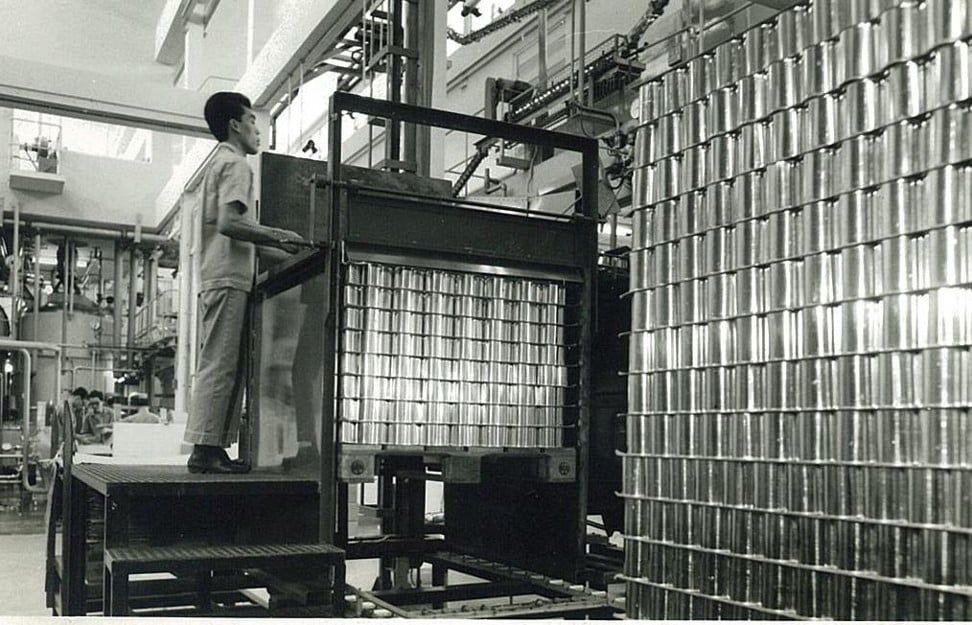
In 2010, Dutch Lady stopped producing sweetened condensed milk – the first product it ever imported into the Malay Peninsula.
Sales of sweetened condensed milk made up about 12 per cent of Dutch Lady’s volume at the time, according to the Gupta, so the decision to axe the product wasn’t about money. Instead, the company had made a commitment to reduce sugar consumption among their consumers by 40 per cent by 2013.
“It was a tough decision, but the right decision,” Gupta says. “Yes, it’s milk, but at the end of the day it has a lot of sugar. Then we started reducing sugar across the board.”
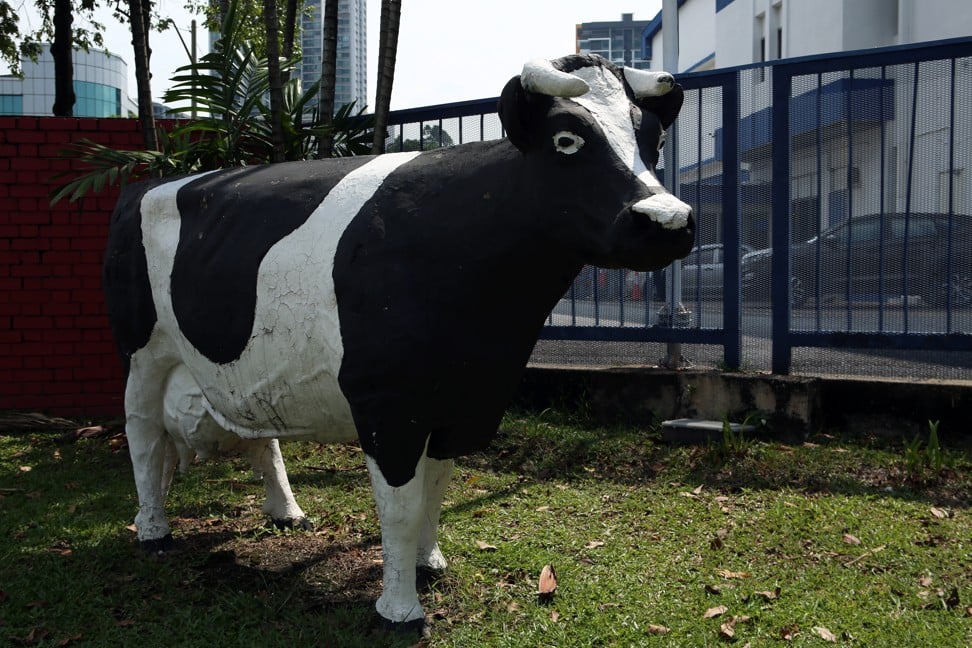
Dutch Lady also reformulated its Growing Up Milk to exclude sucrose, and then did the same with its other products – even chocolate milk, for which it is notoriously difficult to reduce sugar due to the bitterness of cacao.
Today Dutch Lady’s parent company FrieslandCampina is one of the top five companies on the global Access to Nutrition Index, published by a Netherlands-based non-profit foundation.
“Our own nutrition guidelines are far more stringent than any other because we have determined to continue doing the right thing,” Gupta says. “Sometimes it does become difficult because of competition in the market.”
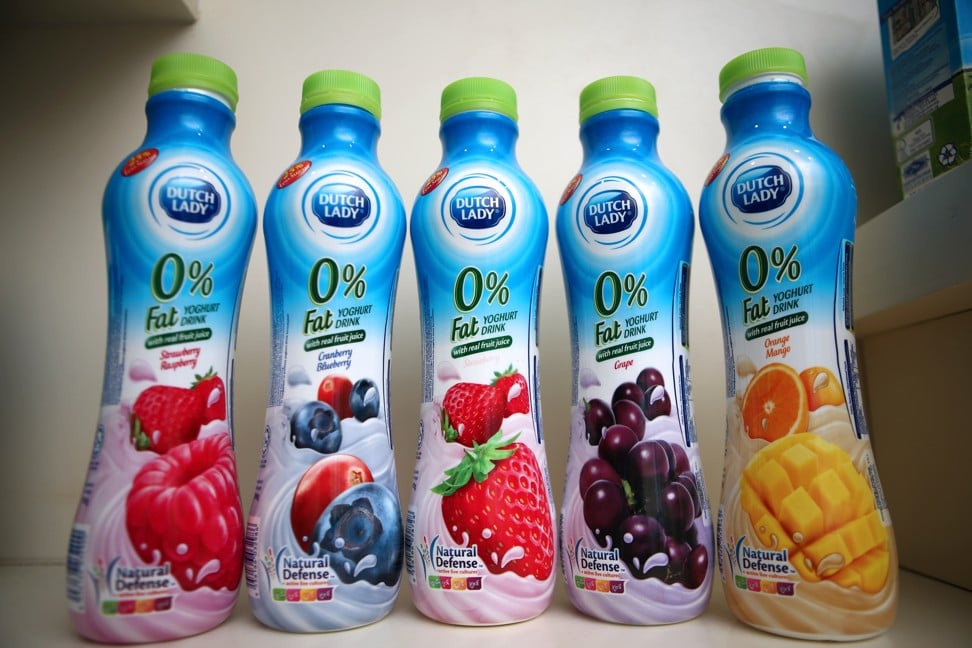
When a Unicef study last year revealed that there were significant levels of malnutrition in families living in low-cost housing in Malaysia, Dutch Lady responded by pledging to donate 720,000 packs of milk for the following three years.
On World School Milk Day that year, Dutch Lady, in partnership with the Ministry of Education, also delivered 10,000 packs of milk to schools across the country.
“That’s not [corporate social responsibility], it’s just part of our model,” Gupta says. “We nourish them, and bring them the brand. These achievements are only achievements because they create an impact on society.”
The company’s people-first approach comes from the farmers that own FrieslandCampina, Gupta says.
Since Dutch Lady has no sole founder, it has been able to stick closely to the co-operative’s original commitment to quality, Gupta explains. The chain of command starts in the fields, and farmers are keen to know that the milk their cows produce is good enough.
“When you ask a farmer what he wants, he tells us that he’ll give us the best quality milk, but that [we] must ensure [we] give the best nourishment to the consumers,” Gupta says. “The only question they ask us is, ‘How are you using my milk?’ That’s the root of the company – the shareholders are only interested in how we use their product to make the world better to continue nourishing our consumers.”
The farmers who own FrieslandCampina – and through that 51 per cent of listed Dutch Lady – recently began proactively engaging with local farmers in Malaysia to share best practices and expertise. This was made possible through Dutch Lady’s Farmer2Farmer (F2F) programme, which was established in 2008 in collaboration with Malaysia’s Department of Veterinary Services and the Dutch embassy in Kuala Lumpur.
The programme enabled local milk yields and quality to be improved between 2013 and 2018, with 85 million packs of Dutch Lady milk being produced using local milk – which meets only 5 per cent of Dutch Lady’s total demand.
“Right now, Dutch Lady is the biggest purchaser of local fresh milk in Malaysia, but we want to buy even more,” Gupta says. “Doing this creates jobs, boosts the local economy, empowers local farmers, promotes sustainability – all this is part of what we are trying to achieve as a do-good company.”







